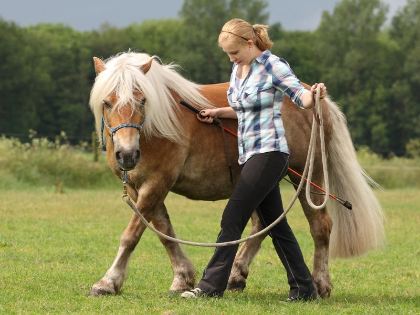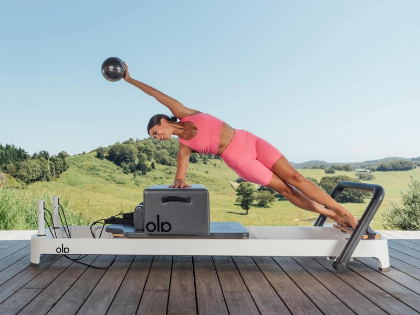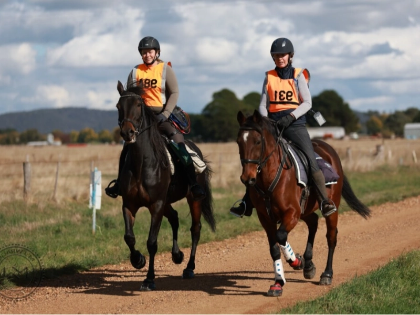Yoga For Beginners: Start Your Journey To Inner Peace
One approach to start the swing of things without stressing joints is beginner yoga. It's also a wonderful approach to foster inner calm and power. Another essential component of basic yoga are breathing exercises sometimes referred to as pranayama. By means of these, one can control tension, raise energy levels, and enhance concentration.
1. Create a Comfortable Practice Space
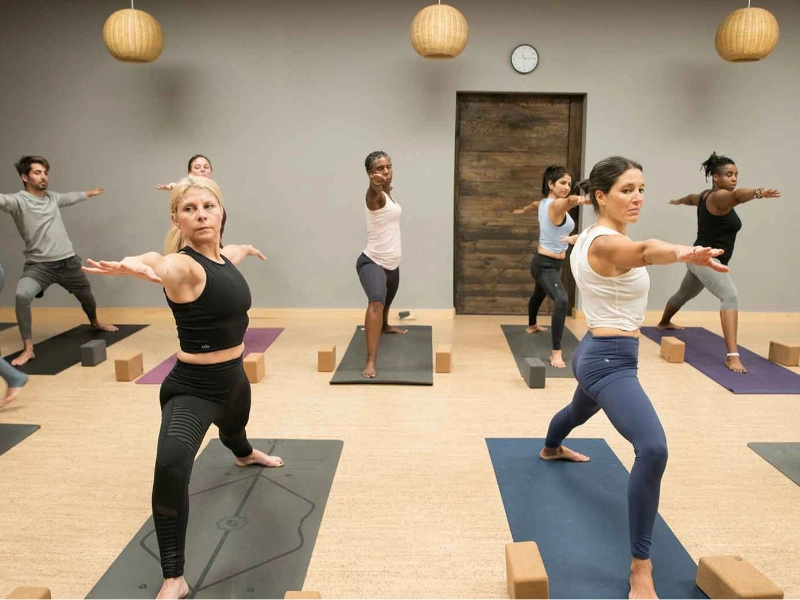
2. Familiarize Yourself with Basic Postures
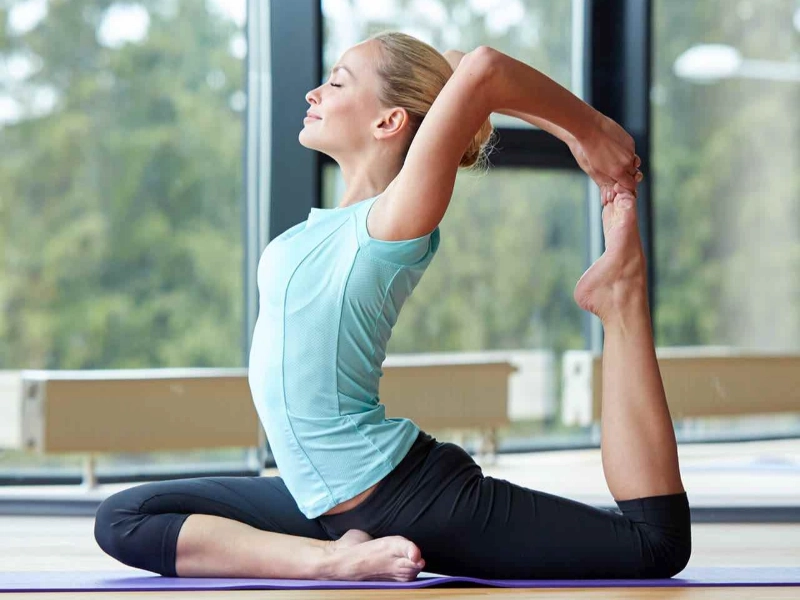 Although beginners can enjoy a range of yoga positions, it is advisable to understand the foundations. Simple positions help the lungs and other respiratory systems, strengthen, and improve balance. They also give one rest and a sense of success.
Beginning students should concentrate on positions that let them remain in one for thirty seconds to a minute. By use of props like blocks and straps, one can attain appropriate alignment and enhance the advantages of the position.
For Warrior 1, for instance, beginners might struggle to open the shoulders and unwind the neck. While still enabling the body to expand into the posture and reap its advantages, adding a block beneath the arm can help this be easier.
Tree Pose (Tadasana) is another beginning position ideal for the lungs. It opens the chest, works the knees, and increases core stability. This calms the mind and helps to support optimal lung condition. Beginning practitioners should learn this fundamental yoga pose first.
Although beginners can enjoy a range of yoga positions, it is advisable to understand the foundations. Simple positions help the lungs and other respiratory systems, strengthen, and improve balance. They also give one rest and a sense of success.
Beginning students should concentrate on positions that let them remain in one for thirty seconds to a minute. By use of props like blocks and straps, one can attain appropriate alignment and enhance the advantages of the position.
For Warrior 1, for instance, beginners might struggle to open the shoulders and unwind the neck. While still enabling the body to expand into the posture and reap its advantages, adding a block beneath the arm can help this be easier.
Tree Pose (Tadasana) is another beginning position ideal for the lungs. It opens the chest, works the knees, and increases core stability. This calms the mind and helps to support optimal lung condition. Beginning practitioners should learn this fundamental yoga pose first.
3. Breathing Exercises
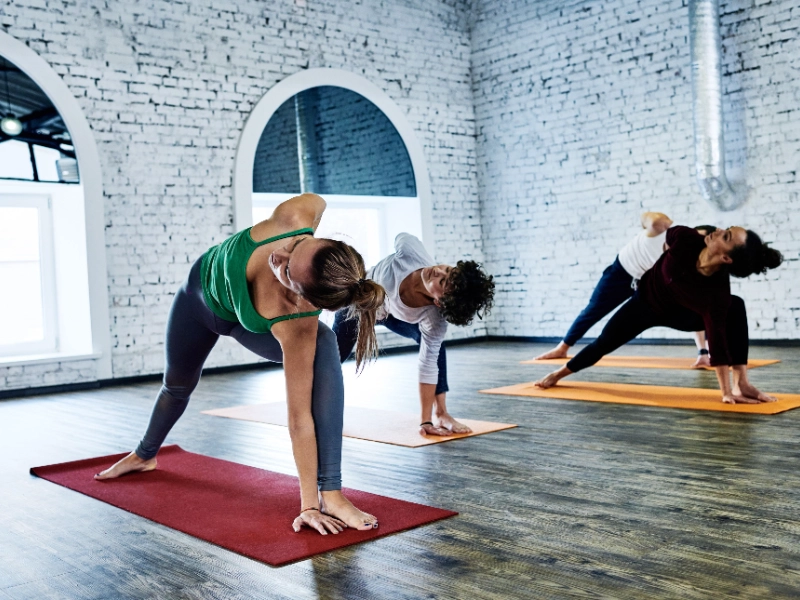 For beginners, yoga is an excellent practice since it uses breathwork to help you to connect with the body. Important for reaching inner peace are calm of the mind and better quality of sleep, which breathwork can help with.
Resonance breathing—also known as ujjayi breath—is one easy breathing exercise you may perform. This is achieved by matching your exhale to your inhale length. To become acclimated to the ratio, count during every inhalation and exhale; then, try raising the count number.
The humming breath, or bhramari pranayama, is another straightforward yoga breathing technique. Sit comfortably and, during each inhale and exhale, hum using your throat. This pranayama raises mental and emotional well-being as well as lung capacity. It can assist with sadness, anxiety, and stress as well.
For beginners, yoga is an excellent practice since it uses breathwork to help you to connect with the body. Important for reaching inner peace are calm of the mind and better quality of sleep, which breathwork can help with.
Resonance breathing—also known as ujjayi breath—is one easy breathing exercise you may perform. This is achieved by matching your exhale to your inhale length. To become acclimated to the ratio, count during every inhalation and exhale; then, try raising the count number.
The humming breath, or bhramari pranayama, is another straightforward yoga breathing technique. Sit comfortably and, during each inhale and exhale, hum using your throat. This pranayama raises mental and emotional well-being as well as lung capacity. It can assist with sadness, anxiety, and stress as well.
4. Meditation
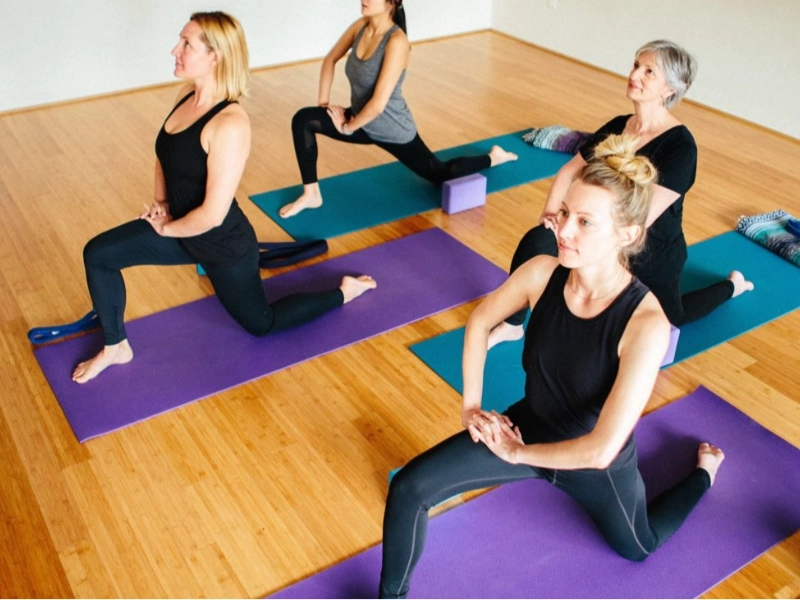 Yoga aims to help you to bring your body's energies into harmony and balance. One does this by learning pranayama, a breath control method. This enables the body's energy flow to be better overall and removes emotional obstructions.
There then is meditation. The mind is concentrated on a certain topic in meditation to help one to find peace and relaxation. Finding a meditation that speaks to you could take some time; so, it's crucial not to let disappointment discourage you should your first session go differently than expected.
Beginners would want to practice in a quiet environment free of many distractions and a comfortable seat. Start by looking about your body for areas of stress. Then gently focus on your thoughts and observe them free from judgement or attempt to alter their appearance. This helps you to become more conscious of your underlying mood and emotions as well as to increase your capacity for one-pointed attention.
Yoga aims to help you to bring your body's energies into harmony and balance. One does this by learning pranayama, a breath control method. This enables the body's energy flow to be better overall and removes emotional obstructions.
There then is meditation. The mind is concentrated on a certain topic in meditation to help one to find peace and relaxation. Finding a meditation that speaks to you could take some time; so, it's crucial not to let disappointment discourage you should your first session go differently than expected.
Beginners would want to practice in a quiet environment free of many distractions and a comfortable seat. Start by looking about your body for areas of stress. Then gently focus on your thoughts and observe them free from judgement or attempt to alter their appearance. This helps you to become more conscious of your underlying mood and emotions as well as to increase your capacity for one-pointed attention.

